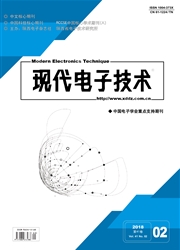

 中文摘要:
中文摘要:
地铁站台发生火灾时,不同排烟模式对烟气流动的影响十分显著。文中以西安某地铁站为对象,采用FDS火灾模拟软件,研究传统排烟方式与增加隧道风机辅助排烟方式的排烟效果。对比分析自然排烟、站台排烟、隧道风机辅助站台排烟3种模式在不同火源位置时的楼梯口风速、人眼特征高度处温度、能见度、CO浓度分布。结果表明,火源位于站台中央时,楼梯两侧均有烟气蔓延,相比站台排烟模式,采取隧道风机辅助站台排烟模式后,站台温度下降约16.7%,CO浓度下降40%,且无烟气蔓延至站厅层。
 英文摘要:
英文摘要:
The influence of different extraction modes on smoke flow of metro platform is obvious. Taking a metro platform in Xi' an city as main research object, the fire simulation software FDS is used to study the smoke extraction capacity of traditional mode and tunnel ventilation fan-assisted mode. Wind speed distribution at the stairs, temperature and visibility at the height of human eye and CO concentration dis- tribution are analyzed and compared in natural smoke extraction mode, platform smoke extraction mode and tunnel ventilation fan-assisted mode with different fire positions. The results show that when the fire is on the central platform, smoke spread from both sides of the stairs. The temperature of platform and CO concentration decrease by 16.7% and 40% after using tunnel ventilation fan-assisted mode, and smoke fails to enter platform hall.
 同期刊论文项目
同期刊论文项目
 同项目期刊论文
同项目期刊论文
 期刊信息
期刊信息
